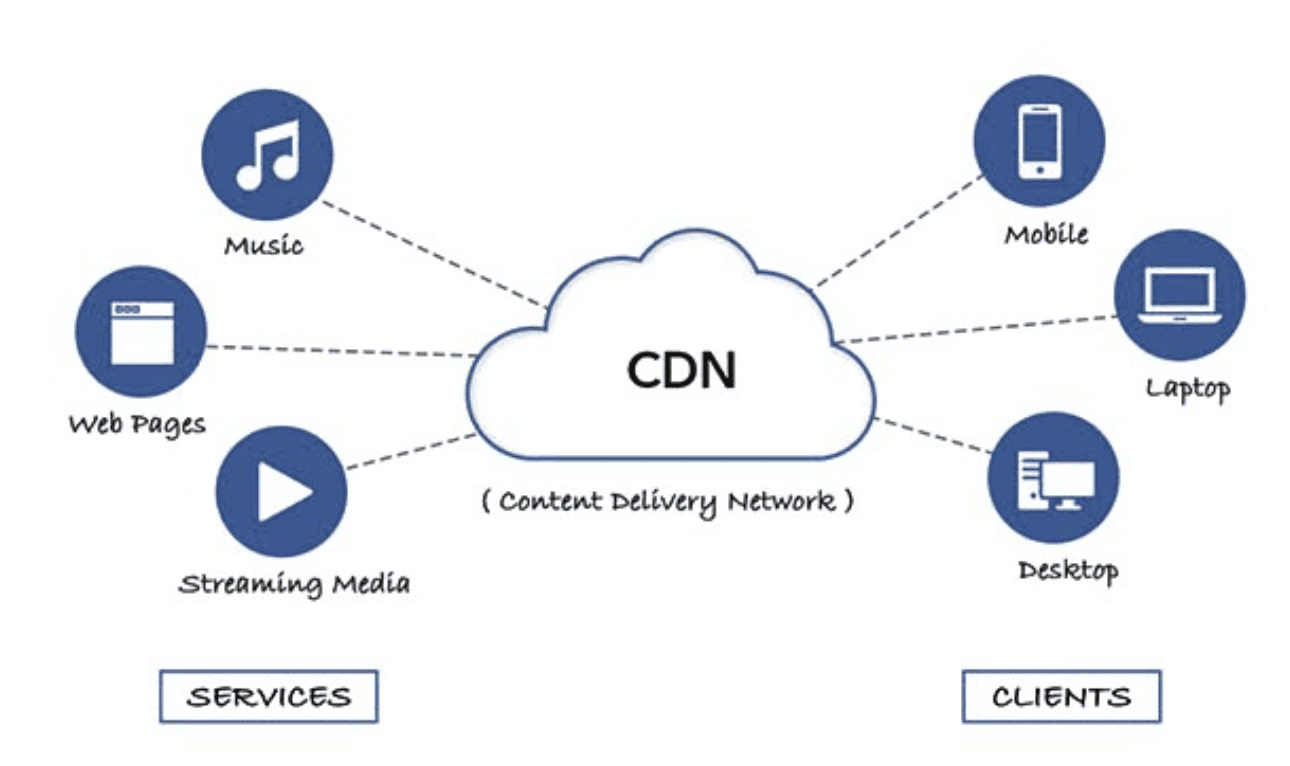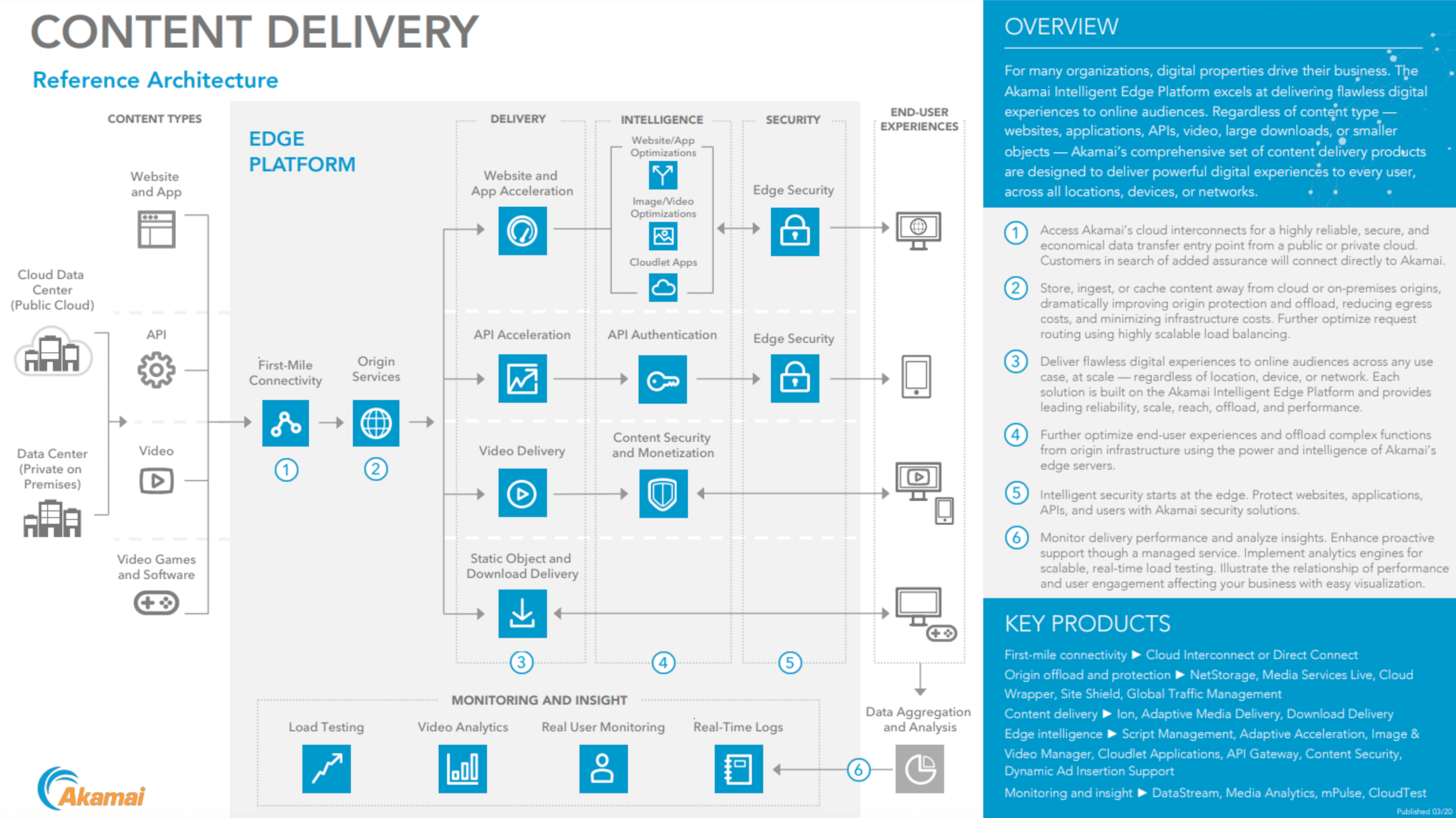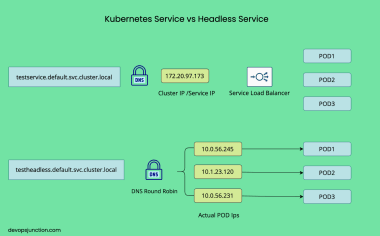10 min to read
What is CDN? (Content Delivery Network)
A comprehensive guide to Content Delivery Networks and caching strategies

Understanding Content Delivery Networks (CDN)
A Content Delivery Network (CDN) is a distributed network of strategically placed servers designed to accelerate web content delivery by reducing physical distance between servers and end users. CDNs serve cached content from locations closer to users, dramatically improving page load times, reducing bandwidth costs, and enhancing website availability and performance across global regions.
What is a CDN?
The Evolution of Content Delivery
Traditional web hosting serves all content from a single origin server, regardless of where users are located. This approach presents several challenges:
- Distance Latency: Users far from the origin server experience significant delays
- Server Overload: High traffic can overwhelm a single server
- Single Point of Failure: Server outages affect all users worldwide
- Network Congestion: High traffic volumes can create bottlenecks
Content Delivery Networks solve these problems by distributing content across multiple geographic locations, creating a more resilient, faster web infrastructure.
| Feature | Benefit |
|---|---|
| Global Distribution |
|
| Bandwidth Optimization |
|
| Availability |
|
| Performance |
|
How CDNs Work: The Technical Foundation
CDNs operate on principles of strategic content distribution, intelligent routing, and efficient caching. Their architecture is designed to minimize the distance between users and content while optimizing the delivery process at every stage, from content request to final rendering in the user’s browser.
The CDN Request Flow
Behind the Scenes: How CDN Routing Works
When a user requests content from a CDN-enabled website, several sophisticated processes occur in milliseconds:
- DNS Resolution: When a user types a URL, DNS resolves it to the nearest CDN edge server based on:
- Geographic proximity
- Server availability
- Current network conditions
- Content availability
- Edge Server Processing: The edge server receives the request and:
- Checks if the requested content exists in its cache
- Serves cached content if available (cache hit)
- Retrieves content from origin if not cached (cache miss)
- Origin Shield: Many CDNs implement an intermediate caching layer that:
- Sits between edge servers and the origin
- Reduces duplicate requests to the origin server
- Provides an additional level of protection
- Content Delivery: The content is delivered to the user with:
- Optimized TCP/IP connections
- Compression techniques
- HTTP/2 or HTTP/3 protocols when supported
CDN Caching Strategies
Effective caching is the cornerstone of CDN performance. Different content types require different caching approaches, and understanding these strategies helps optimize content delivery while maintaining accuracy and freshness.
Content Classification
| Content Type | Characteristics | Examples |
|---|---|---|
| Static Content |
|
|
| Dynamic Content |
|
|
| Semi-Dynamic Content |
|
|
Caching Methods
Static Caching
- Pre-loading: Content is pushed to edge servers before users request it
- Long TTL: Time-to-live settings allow content to remain cached for extended periods
- Version Control: File names or paths are changed when content is updated (e.g., style.css?v=2)
- Purging: Manual cache invalidation when content needs updating
Dynamic Caching
- Cache-Control Headers: Server-specified directives about how content should be cached
- Edge Computing: Running code at the edge to generate or customize cached content
- Microcaching: Caching dynamic content for very short periods (seconds to minutes)
- Vary Headers: Caching different versions based on user agent, language, or other factors
- ESI (Edge Side Includes): Assembling pages from multiple cached components
CDN Caching Methods Overview
- Pull-Based Caching: Cache on first request, origin shield protection, automatic TTL management
- Push-Based Caching: Preloaded content, developer-controlled updates, predictive content loading
CDN Architectures and Topologies
CDN providers implement different architectural models to balance factors like performance, cost, and geographical coverage. Each architectural approach offers distinct advantages for specific use cases and traffic patterns.
CDN Architecture Types
PoPs are the physical locations where CDN providers house their servers:
- Strategically placed in major internet exchange points and data centers
- Each PoP contains multiple edge servers working together
- Connected to multiple backbone networks for reliability
- Typically include routing, switching, and server infrastructure
- May contain varying levels of storage capacity based on regional demand
| Architecture Type | Characteristics | Best For |
|---|---|---|
| Scattered Architecture |
|
|
| Consolidated Architecture |
|
|
| Hybrid Architecture |
|
|
Content Distribution Methods
Push vs. Pull CDN Models
- Push CDN
- Content available before first request
- No initial cache miss penalty
- Complete control over content distribution
- Better for infrequently updated, highly accessed content
- Disadvantages: Requires active management, may waste resources, complex setup, higher upfront bandwidth usage
- Pull CDN
- Self-managing based on user requests
- Efficient resource utilization
- Easier setup and maintenance
- Automatic content expiration
- Disadvantages: First visitor experiences cache miss, origin traffic spikes for popular new content, less predictable performance
CDN Performance Optimization
Beyond basic caching, modern CDNs offer numerous performance optimization features that further enhance the speed and efficiency of content delivery. These techniques work together to provide the fastest possible user experience across all devices and network conditions.
Optimization Techniques
Content Optimizations
- Image Optimization: On-the-fly resizing, format conversion (WebP, AVIF), and compression
- Minification: Removing unnecessary characters from HTML, CSS, and JavaScript
- Compression: Using Gzip or Brotli to reduce file sizes
- Text Compression: Applying optimal compression algorithms based on content type
- Device Detection: Serving appropriately sized content for mobile, tablet, or desktop
Delivery Optimizations
- Video Optimization: Adaptive streaming and transcoding
- Route Optimization: Intelligent routing to minimize distance
- Request Handling: Efficiently managing requests and responses
Other Techniques
- Protocol Optimization
- TCP-IP Tuning
- Request Collapsing
- Prefetching
- Preconnect
Implementing CDN: Practical Considerations
When implementing a CDN for your website or application, several important factors should be considered to ensure optimal performance, cost efficiency, and security. This section covers key considerations for CDN selection and implementation.
Choosing the Right CDN Provider
| Factor | Considerations |
|---|---|
| Geographic Coverage |
|
| Performance Features |
|
| Security Offerings |
|
| Cost Structure |
|
| Ease of Integration |
|
Popular CDN Providers
Major CDN Providers
- Akamai: Extensive global coverage and enterprise features
- AWS CloudFront: Integrated with AWS services, cost-effective for AWS customers
- Cloudflare: Security features, generous free tier, strong developer tools
- Fastly: Edge computing and real-time purging capabilities
- Google Cloud CDN: Leverages Google’s global network, integrates with Google Cloud Platform
- Microsoft Azure CDN: Integrated with Azure services, multiple CDN provider options
Key Points
-
Core Functionality
- Distributes content across global server networks
- Reduces latency by serving from locations closer to users
- Caches static and dynamic content to reduce origin load
- Provides protection against traffic spikes and attacks -
Implementation Approaches
- Push vs. Pull content distribution methods
- Scattered vs. Consolidated architectural models
- Static vs. Dynamic content caching strategies
- Protocol and content optimizations for maximum performance -
Business Benefits
- Improved user experience and engagement metrics
- Reduced bandwidth costs at the origin
- Enhanced website reliability and availability
- Better performance for global audiences
- Improved SEO rankings through faster page loads



Comments